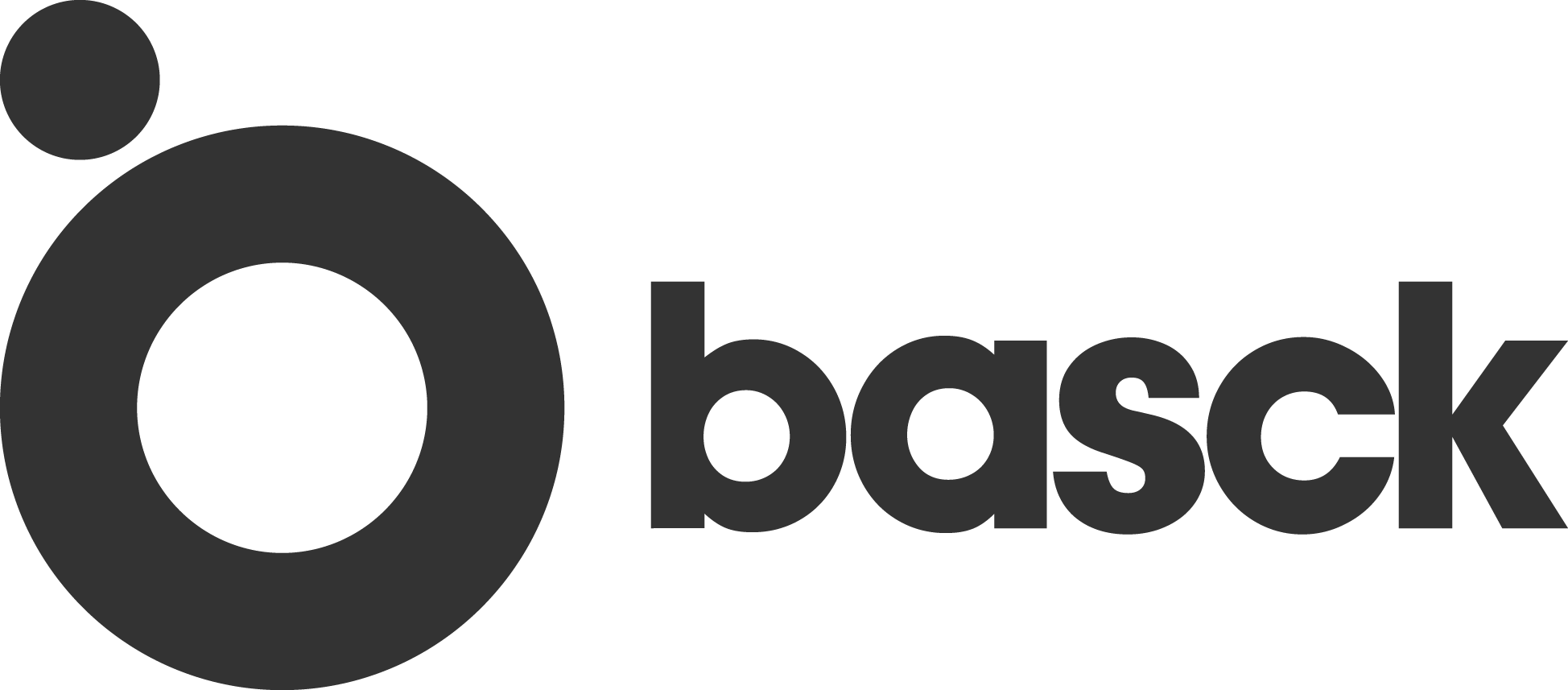Keeping the productivity and culture on point whilst working from home
COVID-19 is changing the way we live, work and communicate. For many firms this is the first time when their entire team works from multiple locations. Those who already have the “working from home” policies in place might have hoped it will be a walk in the park. It is not.
Many intellectual property firms are struggling to adapt to the current circumstances. We understand it better than anyone else.
At Basck, we have been a remote team for over 9 years. We have offices in 6 countries with a team of over 70 people, who speak 12 different languages. What started initially from the pursuit of sourcing the best talent available, no matter the location, has eventually become the core of our DNA.
However, we would lie if we said that we got our setup right from the start. Sometimes the smallest changes make a big difference, both on the team culture and overall productivity.
Here are our top 10 tips on ensuring your remote working setup gets the best results for your intellectual property firm — and your clients.
No more emails for internal communication
This made the biggest difference at the cost of the smallest change. Emails are for clients, foreign agents, Intellectual Property Offices (IPOs), and the most critical information. Email overload is the biggest productivity killer. As soon as you realise it and start acting on it, your performance changes dramatically. You can use platforms such as Microsoft Teams, Slack, Asana, or many others. We tried many alternatives but opted for Slack for two reasons: firstly I took up advice of @Andrew Rogoff from Resource Guru who said that Slack can completely transform a business (you were so right!) and secondly, we already had clients requesting to share channels with us.
Remember that chat is an equivalent of real-life chatting, so any official instructions or other messages you would usually send via email regardless of real-life interaction should continue to be sent via email.
Be disciplined and tidy to keep data secure
This comes back to the habit of keeping files in their designated areas. Use a cloud provider or create your own cloud that allows you to set different access levels but also has the flexibility of allowing for external access. Set a data security policy and communicate to the team as a critical to follow, but also make sure that the technical measures you have set up make it impossible to step out of that framework you have set.
Be clear and communicate a lot
We tend to use mental shortcuts, often not easy to encode by someone on the other side of the screen. If you work across different countries, add cultural differences to the equation and you’ll realise how differently your message can be read if context differs. When reading a message, always assume the best tone. Record your meetings, set up video calls, discuss everything in detail, follow up with the meeting minutes to confirm the understanding on both sides. You will find yourself having a lot of more video calls which might feel daunting at the start but remember that this is the equivalent of a real-life chat with your colleague from the office. Also, don’t assume that the more senior the person you speak to, the less information you have to provide. Knowledge transfer is knowledge transfer, full stop.
Be available but set boundaries
We are all herd animals, meaning you can expect a productivity drop when going fully remote. No more typing noises from the desk next to you — you cannot see other people working, so it is difficult for management styles that rely on a strong central command. Instead, you need an environment that nurtures productive behaviours. We found that using a communicator where you can see your co-workers availability status helps overcome this issue. You have to respect different schedules as everyone is in their own office now, but you can also expect people to be available during work hours. On the other hand, you do not want to find yourself getting instant messages every 3 seconds, ruining your focus. Communication anxiety is real! Mute conversations when needing an undisturbed time. A good idea is also to set timeframes for when either people should not be disturbed at all or just the opposite, indicate a timeframe where people must be available. Test and adjust.
Dress as you mean it
This should come without saying but there is something about staying in your trackpants, or worse, PJs, that completely kills your focus. Trim that beard, put that lipstick on, wear that nice new shirt. Do whatever you need to get you in the working mood. Also, do not work from your bed… your back will thank you for this and if you are not convinced, speak to @Elizabeth James from London Chiropractors.
Processes written down and accessible
We have a company-wide handbook that we create and maintain together. This is where we document best practices in project management, client communication, strategy for approaching searches, tips for drafting office actions etc. Its aim is to forever remain a “work in progress” document and be the default place where we keep all improvements to the way we work and share with all team members.
Be goal-oriented and measure
We have a company dashboard that shows our selected Key Performance Indexes (KPIs) for the company. We did start that by having a whiteboard in the offices, but as we’re now a remote IP firm, we now have it digitally on screens in each location. The targets help drive the performance and are closely linked to the goal we are striving for both on a team as well as individual level.
Face to face is invaluable
Even if you have excelled at setting up your remote working environment, we all need some face to face time. We hold a weekly standup meeting every Monday morning to review what we did last week and plan the current week. With so many people attending one call we recommend setting up collaborative notes which can be populated prior to the call to ensure everyone has their voice heard. For teams bigger than 12-15 people, consider dividing into sub calls.
Every year we travel to one location for our annual retreat to make sure everyone can spend more time with other team members. This is super important as we have to have a common purpose for why we are working and what we are trying to achieve. We mix up the teams so people have never met get to speak and know the person behind the Slack chats. We work on the soft interaction by e.g. divide into groups and cook together and for the other teams. At the annual retreat, we try to always have an external speaker or someone to join us that challenges us and our purpose. Last year it was @Alan Moore of Beautiful Business. He also suggested we go for 1-on-1 walks in between sessions and meals, and you would not believe what a difference it has made to our team retreats so we keep doing that.
We are also huge fans of office swaps. Having different teams in multiple locations means people can visit each other and get to see what life is like in another city. This helps forge a good team relationship and unify culture across offices.
Last but not least, trust is the key. And trust does not come without the good culture. Make sure that any of the changes that you implement consider the company culture and how this will support the growth of your company as a business as well as individuals who are building it with you.
written by Natalia Korek


